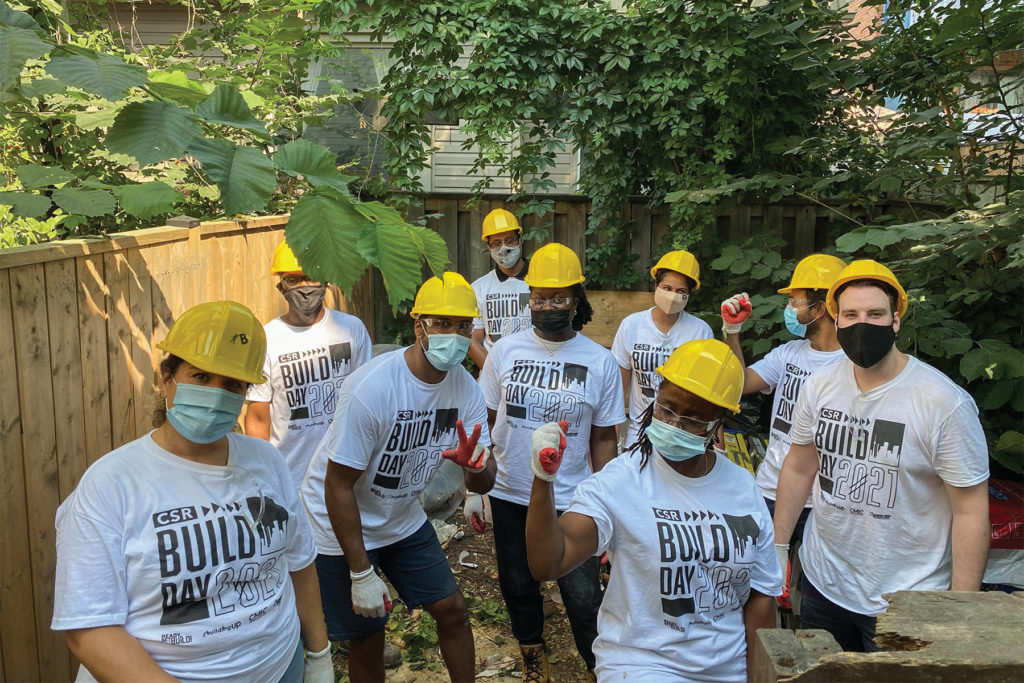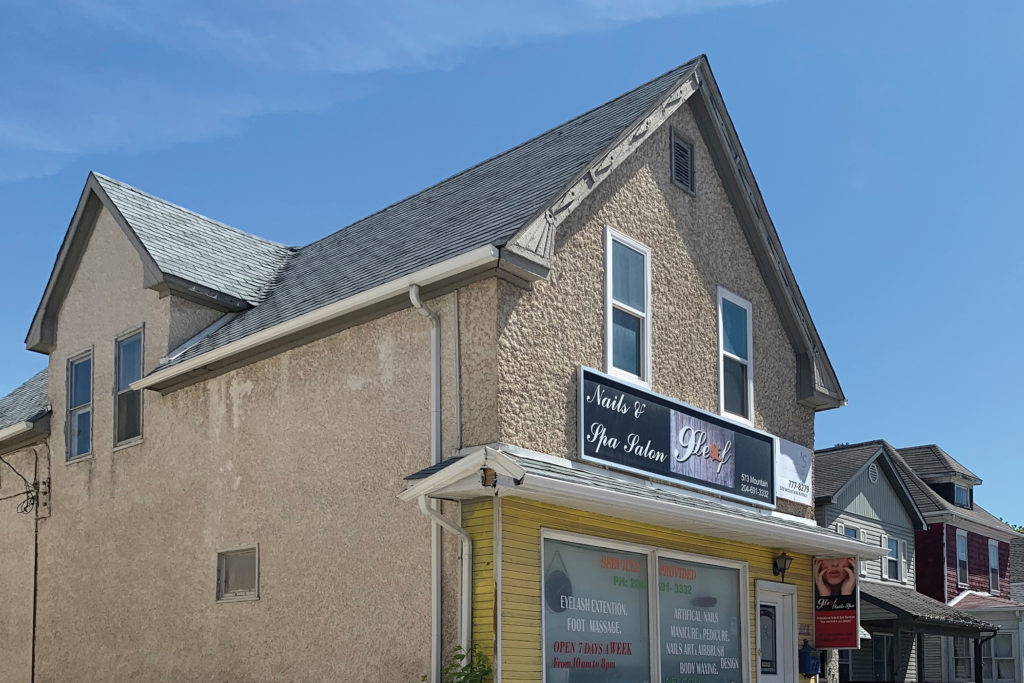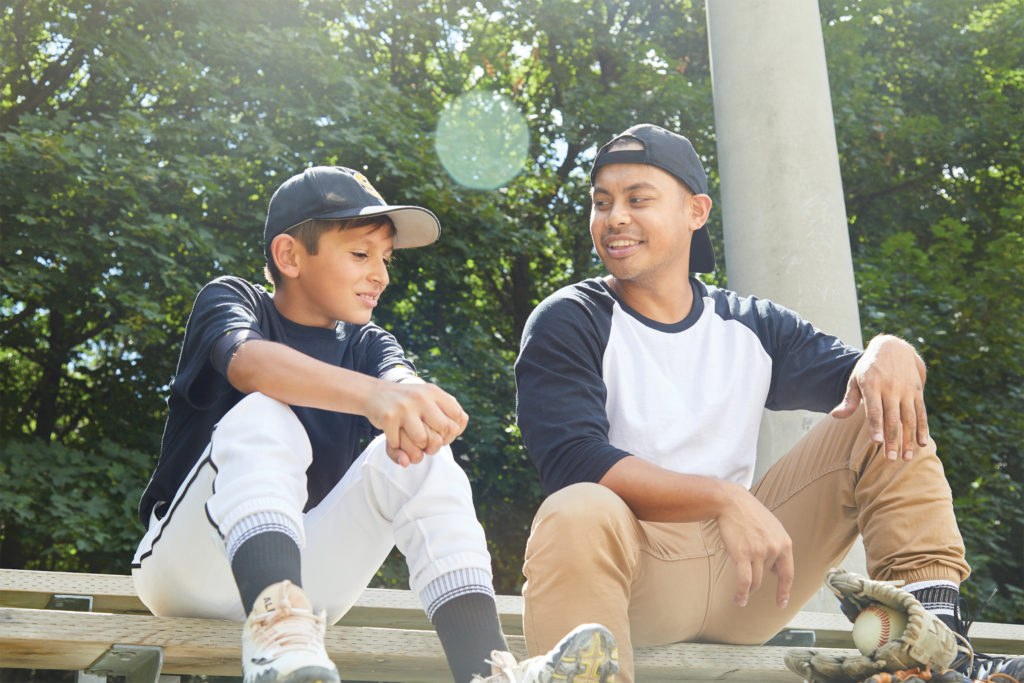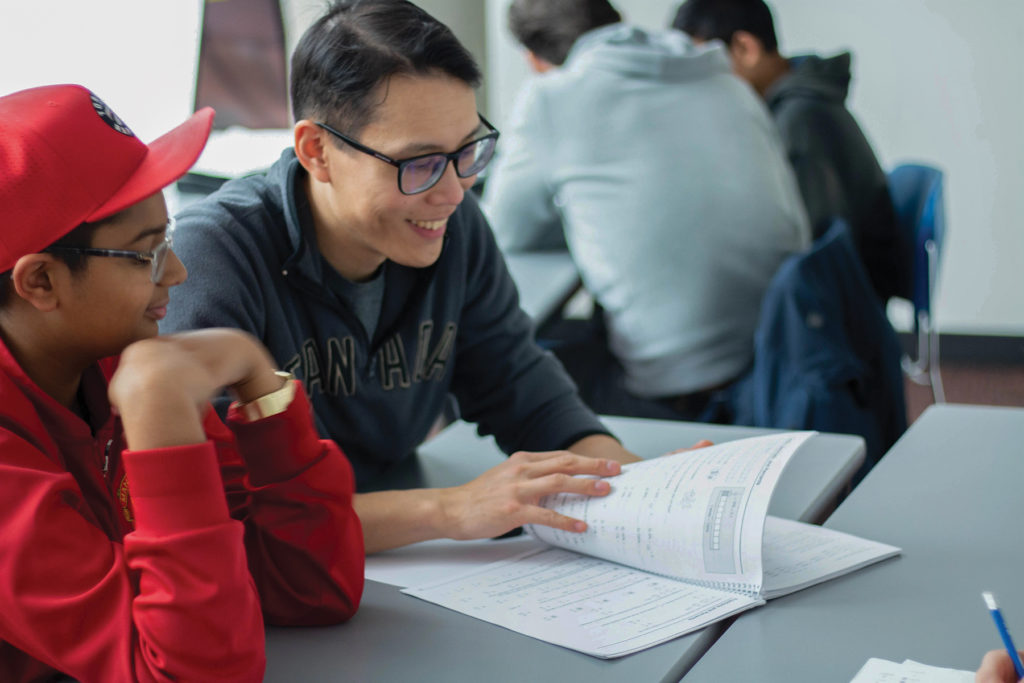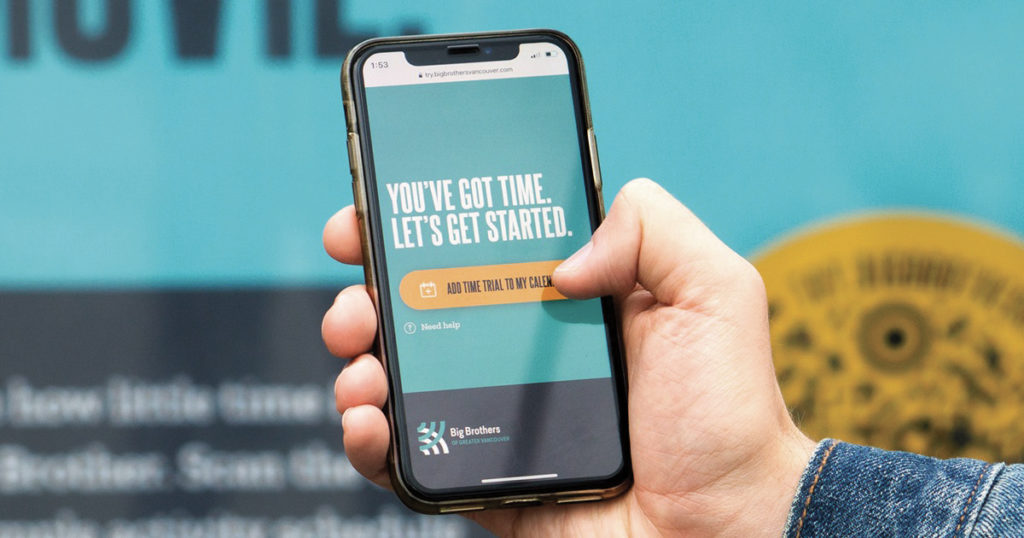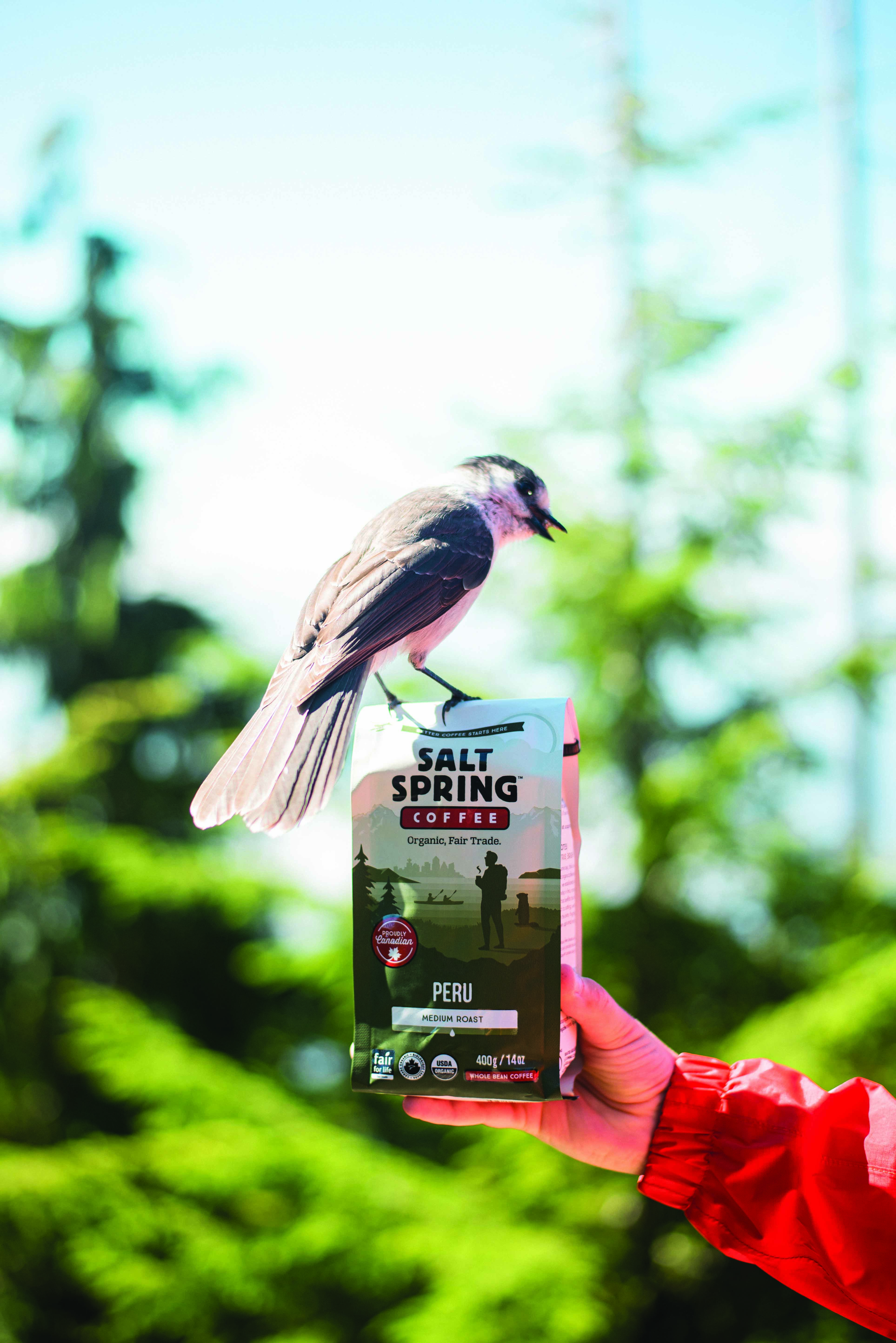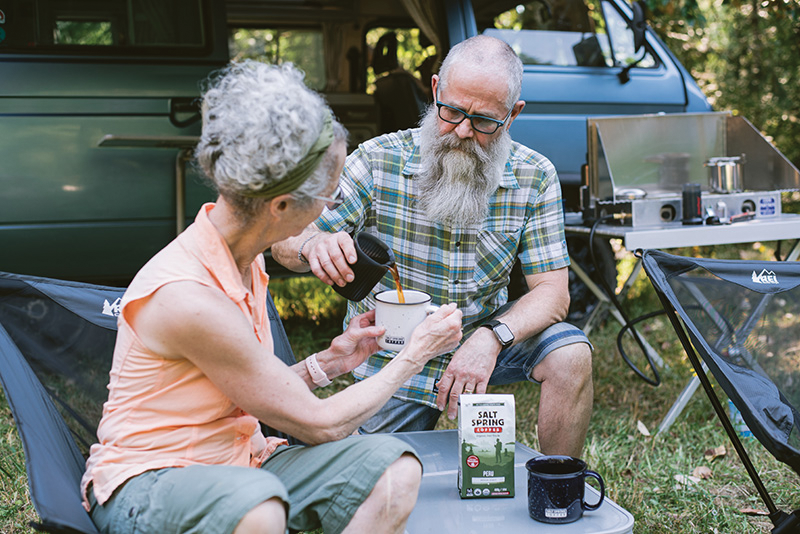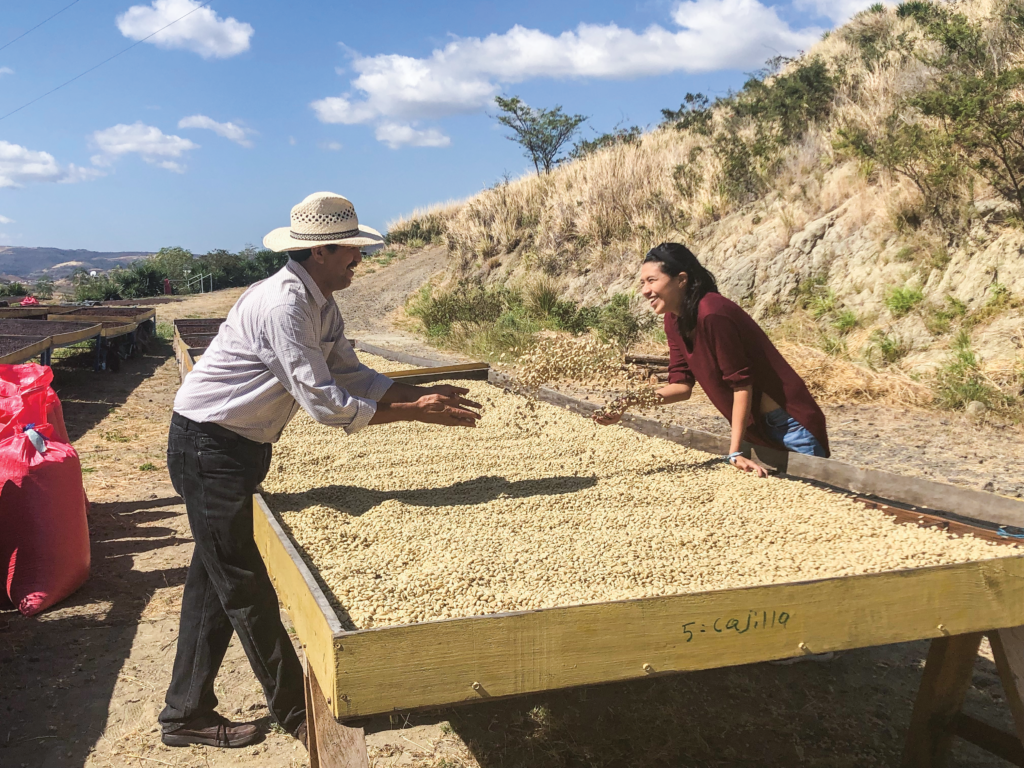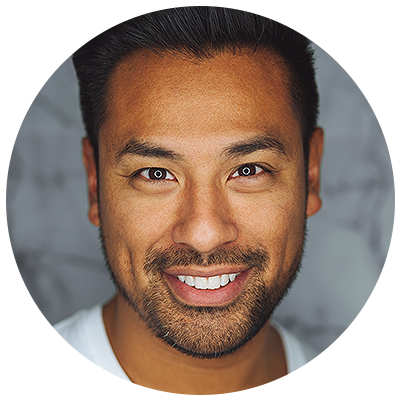Getting take-out from our favourite restaurants has been a convenient advent of modern dining, especially during the COVID-19 pandemic. However, environmental considerations are often sacrificed with the single-use package waste of these take-out meals.
ShareWares tackles this problem head-on by taking single-use package waste out of the equation. We chatted with CEO Cody Irwin about ShareWares’ mission and goals, and what makes this company unique.

Tell us about ShareWares’ mission.
We supply, collect, and sanitize reusable packaging for Vancouver businesses. Our closed-loop reuse services help businesses make sustainable buying decisions by replacing single-use products with reusables.
We care about the environment and people, and we believe working together as a community is the key to creating an extraordinary positive impact.
Our mission is to keep plastic pollution out of our oceans and terrestrial habitats by disrupting the single-use status quo. We are working hard to end the global plastic waste crisis by developing an innovative platform that offers businesses and cities the most convenient and easily adoptable reusable packaging solution.
What inspired your founders to start ShareWares?
ShareWares is a phoenix born out of the “fires” of the pandemic. Our pre-COVID-19 business, Natural Source, which helped companies manage their in-office kitchen programs, took a nosedive when offices closed. We dropped 98% in four days. However, as devastating as this was, it turned out to be an opportunity of a lifetime!
We pivoted hard and took a deep dive into the circular economy. The “take,” “make,” “waste” linear economy is unsustainable, and a transition to circularity is the only way to ensure we don’t deplete all our resources and destroy our planet.
With the absolute best team of humans we could ever wish to work with and the support of the Canadian government’s emergency COVID-19 subsidies to keep us in business, we were able to create a game-changing business that has the potential for global environmental and social impact.
What were some of the challenges you encountered?
The plastic pollution crisis is very real and very big. We feel privileged to be able to work on one of the most challenging topics the world is facing. Like with any startup carving out a new industry, there are loads of challenges and obstacles, but we think it would be most helpful to highlight just one.
Circular economy policies and funding in Canada are not a priority (yet) for the federal government when compared to what’s happening in Northern European countries.
The awareness and support from all levels of government are critical for new circular businesses to start and scale up, as well as to incentivize existing businesses and the community to make more sustainable choices.
What do you consider ShareWares’ biggest success?
Our biggest success to date as an organization was to stay resilient, adapt, see opportunity, and launch an innovative new business during the pandemic.
We achieved this with the help of a wonderfully supportive team that we are so grateful for, COVID subsidies (thank you, Canada!), and the amazing team at the Vancouver Mural Festival who were excited to offer ShareWares’ reusable cups at their 30+ events in August. We are very excited for the months to come as we launch reusables for more businesses and industries.
What makes your organization unique?
What makes ShareWares truly unique is that we didn’t have to start at zero. Since we were pivoting an existing business, we didn’t have to spend years building a team, finding a facility, buying vehicles, onboarding software, and pretty much everything else required to build the infrastructure for a scaled business. We were so fortunate to jump right into the fun stuff that will allow us to really accelerate out of the pandemic.
What is this “fun stuff?” It includes sourcing and testing existing reusables, designing new reusable products, developing relationships with other local circular businesses, forming local infrastructure partnerships to help with quick future growth, building out multiple revenue streams, building a washing facility dedicated to reusables, and working with brilliant BCIT students to build a guide for creating high-value, fulfilling jobs for people with barriers to employment. That’s just some of the fun stuff we have been getting up to this past year.
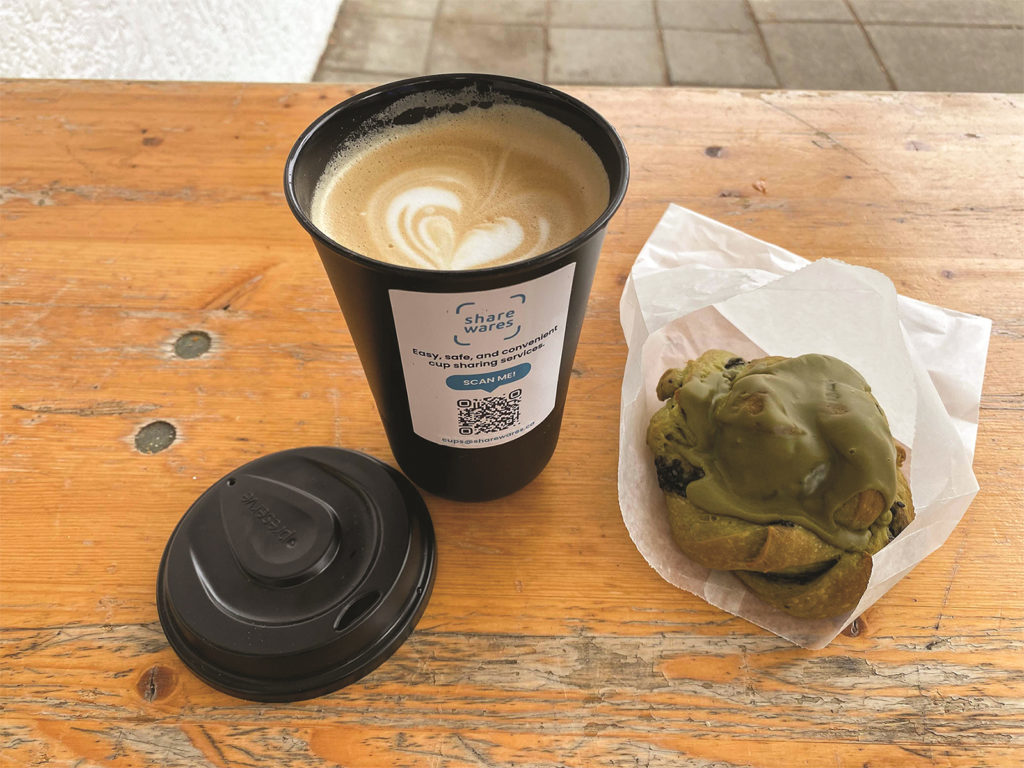
How do you feel ShareWares makes the world better?
ShareWares, along with many circular businesses, will make the world better through the power of the circular economy.
Circularity empowers businesses and communities to achieve truly exceptional environmental and social progress through avenues such as fortifying local economies, influencing producers locally and abroad, creating inclusive, high-value, fulfilling jobs, and creating resilient economies. We are extremely excited to get out there and fight in this revolution.
One exercise I did that I thought was really insightful was mapping the United Nations Sustainable Development Goals (SDGs) on ShareWares’ value chain at a scale. Through the power of the circular economy we can address 16 of the 17 SDGs. I think that is pretty darn cool.
Tell us about your organization’s goals.
Well, circularity is uncharted waters and a virtually untapped market, so my brain goes wild with all the opportunities and areas ShareWares can play in to create impact.
That being said, our main goal is to build an advanced automated washing facility to act as a new utility for future circular cities. This facility will not only wash and sanitize the wares we supply, but will also support other business so we can achieve a capacity of rapidly processing over one million units each day.
Growing up, I spent a lot of time hand washing dishes at my dad’s guest ranch, and I would have been shocked to see my future self so excited for a career in dishwashing. It’s funny to say that I don’t think you will ever find someone more pumped to wash your dishes.
Are there any upcoming initiatives or projects you’d like to share?
We are jazzed to work on several fun projects, but things are quite dynamic now, so we aren’t sure which ones will get the green light. I guess all I can say is that we hope you all “stay tuned,” as there are many exciting projects coming down the pipeline!
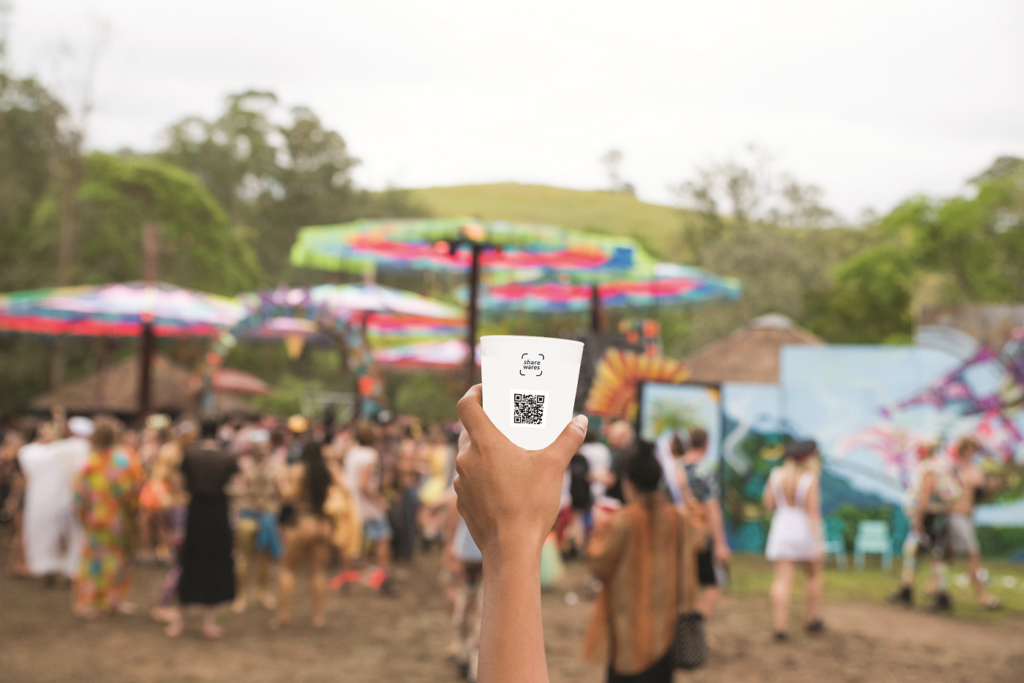
What do you most want people to know about ShareWares?
I believe we are on to something really big, and the timing couldn’t be more perfect.
The pandemic has set the stage for a transition to a circular economy, as people are noticing and becoming aware of the excessive single-use garbage generated over the course of the pandemic.
Our current trajectory isn’t sustainable, and now is an ideal time to reevaluate and reset. Humanity has all the technology and expertise to make this happen, and ShareWares is so fortunate to be at the cutting edge.
We have discussed our plans with numerous experts from dozens of industries, and so far, we haven’t had any doubters. We even got a “you are blowing my mind,” which was super nice to hear.
We don’t want to get ahead of ourselves, but in theory, we have modeled the game-changer that could expedite a transition to large-scale citywide reuse programs. Fingers crossed!
How can people help or contribute to ShareWares’ mission?
Rebel. Rebel against single-use. Rebel with any reuse and circular business you can find. Use your hard-earned cash to make purchasing decisions to influence retailers, manufacturers, governments, and the people around you to go reusable.
The current recycling and compost systems for packaging that have been in development for decades are not getting us close to where we need to be for a sustainable future. A transition to reuse is an immediate and effective way to make leaps in waste diversion and climate change.
Remember, none of this is your fault. Humanity got caught in a runaway train of convenience. The good news is that now we see how bad it has gotten, we know we need to fix it, and there is a solution.
Technology can make reuse convenient so let’s get going! Help your community and your planet by rebelling against the system that is designed to offer you only unsustainable options.
Furthermore, we would love your support in getting some conversation going with us on Instagram and LinkedIn to build up some groundswell. Social media is a powerful influencer, and we need your help to keep the circular chatter growing.
This story was featured in the Make The World Better magazine:
Keep reading about purpose-driven initiatives:
- Big Brothers of Greater Vancouver: Mentorship that Empowers
- Heal Mary: A Better Way to Connect with Clinical Trials
- Plan International Canada: Advancing Children’s Rights
- QMUNITY: Providing Safe Spaces for LGBTQ2SAI+ People
- Raising the Roof: Building Lasting Solutions to Homelessness
- Salt Spring Coffee: Brewing Good in Every Cup
